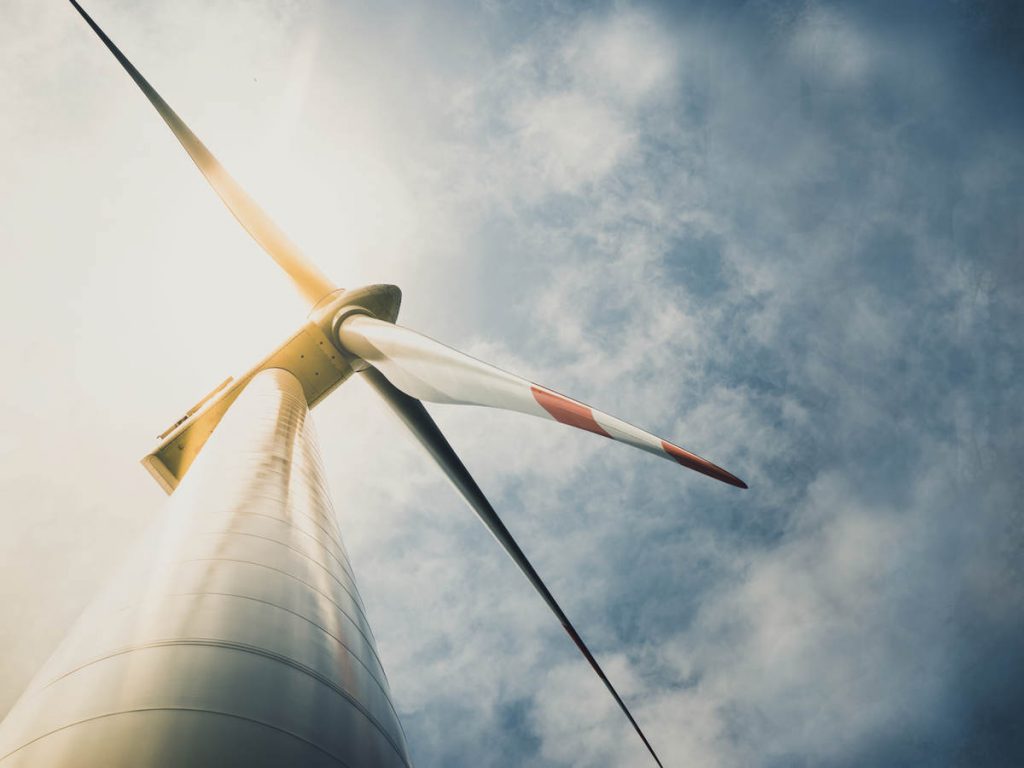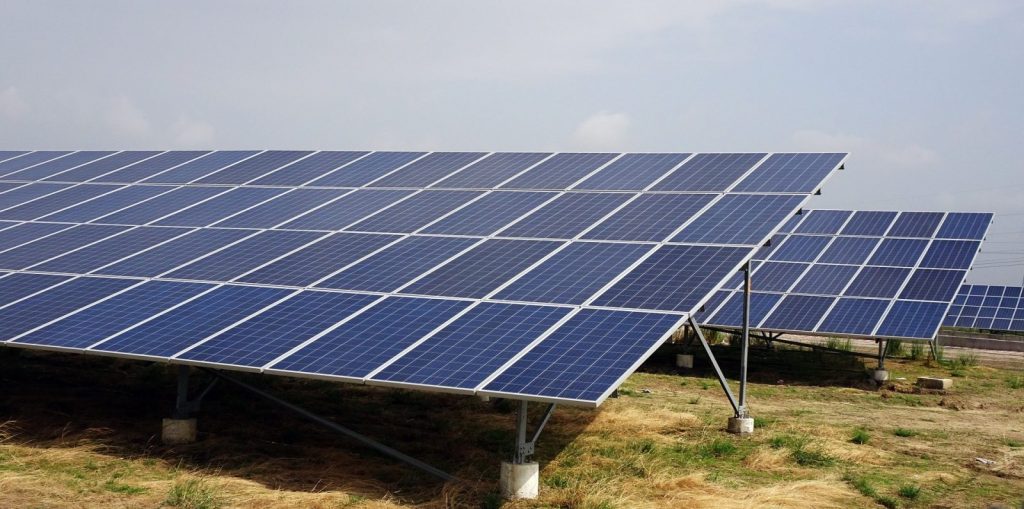RIO DE JANEIRO, BRAZIL – With the growing participation of wind and solar energy, the Brazilian energy matrix is becoming increasingly sustainable.
As shown in the 2018 Annual Energy Balance of the Energy Research Company (EPE), Brazil’s Northeast has stood out by having about eighty percent of the country’s wind turbines, in addition to countless photovoltaic modules to capture sunlight.

Interestingly, even before starting to generate energy, the implementation of infrastructure is already beginning to change significantly the routine of cities by changing land use, creating local jobs, and attracting groups of workers to invest in services.
This is the case of Gentio do Ouro, and Tabocas do Brejo Velho in Bahia. The two towns have several things in common: both are located in the interior of the state, close to the neighboring state Pernambuco, are considered small (with 11.200 and 12.500 inhabitants, respectively), and, as of 2015, had economies totally based on farming and ranching.
In 2016, however, things began to change. With substantial investment in local industry for the construction of equipment and wind installations, Gentio do Ouro saw its share in the national GDP rise from 4,496th to 2,491st ranking among the country’s municipalities.
In Tabocas do Brejo Velho, on the other hand, the installation of solar panels caused a higher collection of taxes on imports, which also changed the economic dynamics of the municipality, jumping from 3,986th to 2,432nd position in the national ranking.

“The cases of municipalities such as Gentio do Ouro, and Tabocas do Brejo Velho are a reflection of the increased importance of wind and solar sources in the energy matrix and investments made in these segments in the country,” explains Luiz Antonio de Sá, technical manager of Regional Accounts of IBGE.
Still, according to the technician, in 2016, wind power plants were the third principal energy source in Bahia, behind hydroelectric and thermoelectric plants. However, in 2017, they started to occupy first place in the state ranking.

